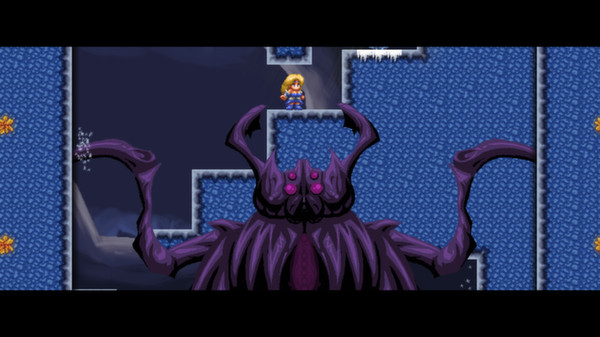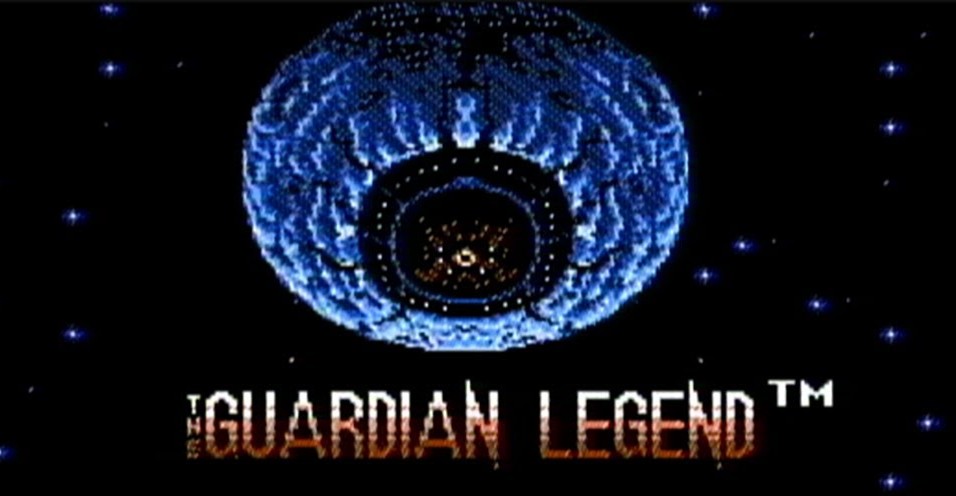“You’ll ruin your eyes from playing that insipid game for so many hours! You’re going to turn into a violent person if you keep playing!”
Parents are concerned with the degree of violence in video games, but are they entitled to worry? According to a public debate hosted by debate.org, a surprising 80% of surveyed players don’t find video games too violent.
Still, these worries about violence in video games may have a scientific foundation. According to recent studies, video games have a measurable effect on our brains and can even lead to issues such as flashbacks and hallucinations.
However, the results of these studies are not completely conclusive. In fact, other studies have already contradicted these findings. Overall, even almighty science isn’t entirely sure if violence in video games is a genuine culprit for the development of behavioral problems in children. None of the studies available right now can attest to the complete correctness or accuracy of their outcomes.
Without scientific certainty, the potential problem still exists. Children especially may be affected by detailed graphic depictions of death and other forms of violence. Ultimately, violence in video games should be limited, but given the current state of the world’s video game industry, the responsibility tends to mostly fall on parents.
The Current Rating Systems of Games
Whether PEGI or another rating system, parents should know and understand what each rating means.
Specifically, PEGI is designed to rate games according to their content and their suitability for children. There are five labels: 3, 7, 12, 16 and 18. Each rating clearly displays the age/type of audience for the respective game. If the label on the game says 16 or 18, you should consider reading some reviews about the game before buying it for your 11-year-old.
The same goes for any other rating systems: if the label suggests 18, don’t believe your 12-year-old when they claim it’s just a number. Responsible research provides unparalleled insight to what you find appropriate for your family.
Dealing with Violence in Video Games
While rating systems are extremely useful, there are a plethora of games out there that don’t use these types of systems. Most of these are online games that don’t need to be downloaded and children can play them for free without parents ever knowing.
The best way to cope with this somewhat infuriating trend is to have a heart-to-heart with your children from the time they start their gaming life. Explain why violent games should be avoided, speak of real-world violence, and try to create a system where each game has to be vetted by you. This system may always be foolproof, but it can help foster an open relationship of trust and known expectations with your children.
Going Overboard
Unfortunately but understandably, many parents go a bit overboard when it comes to restricting violence in video games.
Let’s face it, games like Scrap Metal or zombie games aren’t the real problem, though. While kids are required to shoot and kill various enemies, these games lack nasty detail and there’s not much senseless violence to witness.
Even games like Grand Theft Auto and Counter-Strike aren’t that violent. They are designed to improve specific skills but remain entertaining. The main problem with these situations is the amount of time kids spend playing these games. But instead of completely preventing access to these games, limiting time spent and having more honest discussions about games and morality can provide children of all ages with appropriate real-world understanding.
Where We Draw the Line
Honestly, even the games marked 18 shouldn’t depict extreme acts of violence. Understandably, producers try to create a realistic experience, but I don’t think it’s necessary to actually portray a gruesome war zone. Games where you get points not just for killing your enemies, but for killing them in extreme ways (Bulletstorm comes to mind here) don’t need to exist.
These types of games can veil torture and cruelty as standard, mindless occurrences. Incredibly graphic games containing exuberant blood, dismemberment, and gore are also honestly likely unnecessary. Of course, there are the games designed to scare the pants off of you (see Resident Evil 7 or Silent Hill). These games can blow adults away, but shouldn’t be made available to children of any age.
Games that depict unspeakable acts such as decapitation, human sacrifice, or cannibalism also shouldn’t be marketed (speaking of Conan Exiles or Dark Souls here). Are they honestly necessary for entertainment purposes?
Technology Doesn’t Need Unspeakable Violence
Video games are a fantastic way to enjoy the stunning technology. Further, they can even become useful in more areas than just entertainment. However, when it comes to extreme violence, I personally don’t think as a society we need depictions of mind-numbing, borderline (or actually) vulgar violence.
Although we can’t speak scientifically about the outcome, such acts of violence when witnessed every day can cause massive and unnecessary desensitization towards violence in video games and in real life.
Honestly, the last thing this world needs is a product that drives a lack of empathy.





